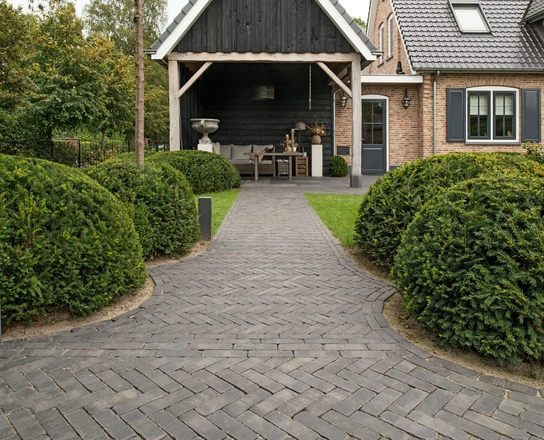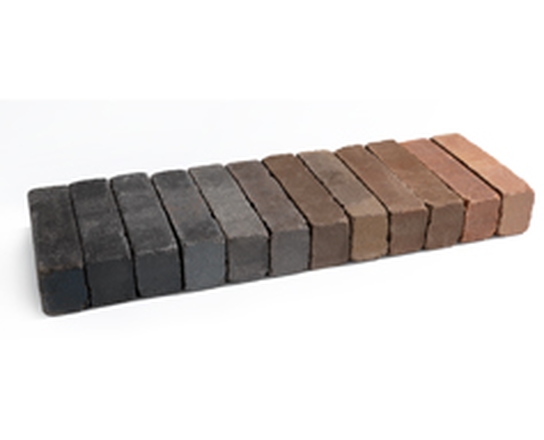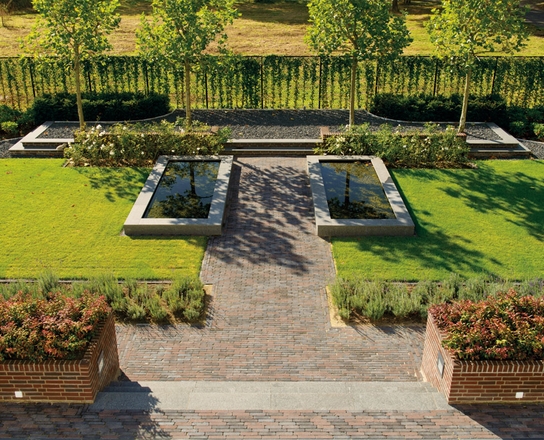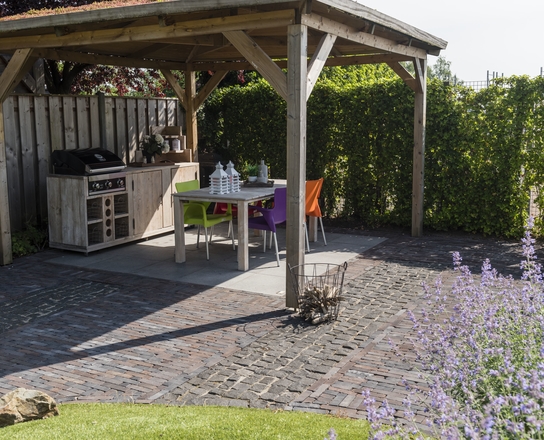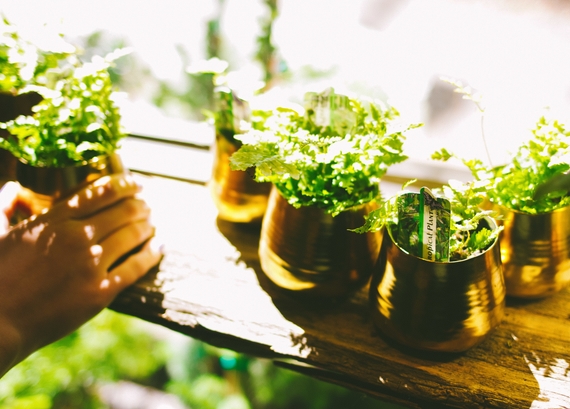
Selecting and maintaining plants for your garden
You usually select plants based on their colour and shape, but there’s a lot more to think about. You need to bear in mind the soil type and the sun. You also need to consider how much time you want to spend on your garden. Some plans require more maintenance than others.
Good soil
The first thing you need to look at is the soil type in your garden: sand, peat, or clay. Sand is drier and poorer than peat or clay, and requires different kinds of plant. Ornamental grasses, sedum, and great globe thistle are perfect for sandy soils, while delphiniums and bergenia are more at home in clay. The same applies to the pH value of the soil and to the quantity of sunlight. There are suitable plants for every location, but you can also opt to improve the soil. You can drain wet soils, fertilise poorer soils, and add lime to acidic soils. In some cases, people choose to replace all of their soil with richer garden soil.
Making a plan for planting
Once you have worked out the condition of the soil and position of the sun, you can start to plan your planting. Pay attention to the different heights of the plants and to the shapes of the leaves. By doing this, you can create attractive contrasts and give a smaller garden more depth. The best garden is one that blooms year-round. Choose plants and shrubs that flower at different times of the year so that you can enjoy colour for 365 days. Winter bloomers are available, including the witch hazel and hellebore. You should also consider bulbs or ornamental grasses that are also beautiful once they have finished flowering.
Ground frost
Love exotic plants? With a little extra attention, they can do well in a northern European garden. Some Mediterranean plants are hardy , including lavender and rosemary. Others need protection from frost. You can wrap them in plastic over winter, or cover them with a layer of mulch or bark chips. Plants that are unable to withstand frost, such as oleander and bougainville, are best grown in pots that you can take inside in the winter.
Cultivating your own plants
You can of course go to the garden centre to pick up plants that are ready to plant. A trend of recent years is to cultivate your own. The right care is all that's needed to sow and grow your own, but cuttings and dividing plants are also effective ways. This way, you can share your favourite plants with friends and family – and save yourself some money. It’s obviously more work than a trip to the garden centre, but a fun hobby for an enthusiast.
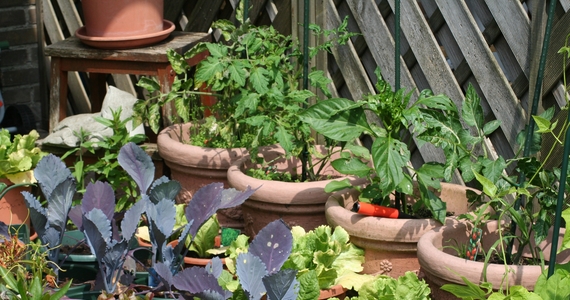
Maintenance and time
Every garden needs maintenance, but the time that you spend on it can vary. With the right plants and ground coverers, a low-maintenance garden can be green and rich in flowers. You can also decide whether or not you want to sow, plant, and compost or simply do a little pruning and mowing. A good planting plan is half the job.


